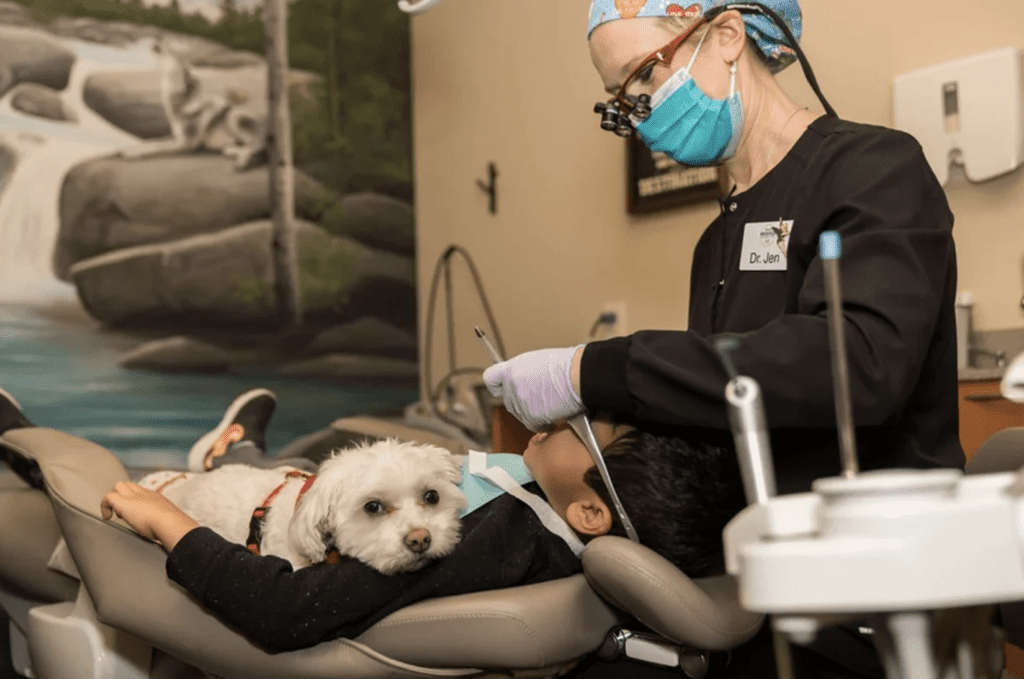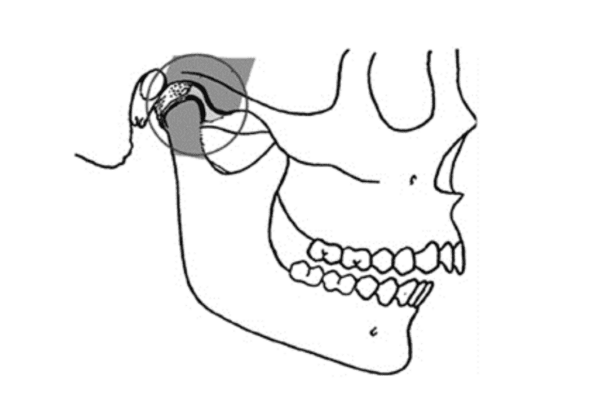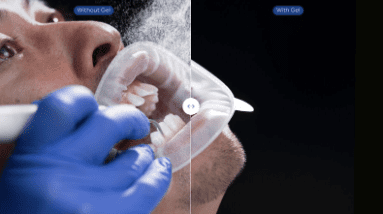![]()
Dr. Jennifer Bryk Hechko is Board Certified in Pediatric Dentistry and a member of the American Dental Association, Ohio Dental Association, a fellow of the American Board of Pediatric Dentistry, American Academy of Pediatric Dentistry, and Ohio Academy of Pediatric Dentistry. She has received her Laser Certification from the World Clinical Laser Institute. In addition, Dr. Jen is honored to be recognized as one of the Top Dentists in Northeast Ohio, according to Cleveland Magazine.
Dr. Hechko and her husband have three children. When she’s not busy at Brecksville Kids Dentistry, she enjoys spending time with her family, running outdoors during the warm months, and watching movies.
From Erbium to Solea: Falling in Love with Pediatric Dentistry Again
By: Jennifer Bryk Hechko, DDS, MS, FAAPDTopic originally appeared on ConvergentDental.com. Dr. Hechko granted permission for igniteDDS…
Correcting a Dental Assistant Who Chronically Cross-Contaminates in a Dental Office
Cross-contamination in a dental office poses serious risks to both patients and staff. By: Ronda Holman When a dental assistant frequently engages in behaviors that lead to cross-contamination, it’s crucial to address the issue promptly and constructively. Here’s how to effectively manage and correct this situation: Assess the Knowledge Gap Start by identifying whether the…
How Do You Know If You Achieved Centric Relation?
By: Dr. Leonard A. Hess, DDSClinical Director, The Dawson AcademyThis article originally appeared on TheDawsonAcademy.com, Dr. Hess allowed igniteDDS to share with our readers. When we talk about utilizing bimanual manipulation as a way to get centric relation, one of the biggest misunderstandings we see is the tendency for dentists to think CR is achieved…
Embracing Change & Innovation in Dentistry: Insights from Dr. Naved Fatmi
Host: Dr. Tanya Sue MaestasGuest: Dr. Naved FatmiEdited By: Candy Velez CRDH The Entrepreneurial Dentist: Thinking Beyond the Chair Traditionally seen through the clinical lens, dentistry has transformed significantly with the advent of business-oriented models. Dr. Naved Fatmi’s journey exemplifies this shift. Starting with the ambitious goal of owning multiple practices, he quickly realized that…
What If Saliva Were Red?
By: Dr. David Rice What If Saliva Were Red? Do you remember that video from school? Depending on when you graduated, it will likely hit you differently. I was a 90’s grad so the whole Hepatitis, HIV was top of mind and made it stick with me. I’m guessing if you graduated in the last…
Prioritizing Value for Ideal Shade Matching with Composites
By: Lee Ann Brady DMDThis topic originally appeared on Pankey.org: Dr. Brady allowed permission for igniteDDS to share with our readers. Determine Value Before Chroma and Hue Shade matching is one of the biggest challenges for dentists when it comes to composite restoration. It requires a great knowledge of color science and playing with enamel…
Leading with Empathy & Setting Standards: Insights from Irene Iancu RRDH
Host: Dr. Tanya Sue MaestasGuest: Irene Iancu RRDHEdited By: Candy Velez CRDH In a recent enlightening interview, Tanya Sue Maestas sits down with Irene Iancu to peel back the layers of her professional journey. In this episode, Irene shares invaluable leadership insights applicable across all professional landscapes. In our ever-changing world, Irene’s open-hearted conversation illuminates…
Navigating Post-Graduation: Strategies for Preventing Burnout in Dentistry
The journey beyond graduation can be fraught with challenges and pressures, such as burnout, especially for young professionals like Dr. Savanah Craig and Dr. Ronnetta Sartor. In their conversation, they tackle the crucial topic of burnout in dentistry—a pervasive issue facing many in their field. Sharing their personal experiences and proactive measures highlights the importance…
HPV and Oral Cancer: Early Detection and Prevention
By: Lee Ann Brady DMDThis topic originally appeared on Pankey.org. Dr. Brady granted permission for igniteDDS to share with our readers. Human papillomavirus (HPV) is a virus that can cause cancer later in life. Infection with this virus is very common, and almost everyone with get this virus at some point in life. Most of…
The Crucial Role of Psychology in Financial Planning
By: Todd Doobrow, CFP Financial planning isn’t just about numbers and spreadsheets; it’s equally about understanding how human behaviors influence our financial decisions. Psychology plays a pivotal role in shaping how individuals perceive, prioritize, and manage their finances, ultimately impacting their financial well-being and long-term goals. We this play out in six different ways; how…
Lessons I Learned in My First Year of Dentistry
By: Dr. Savanah Craig Each year feels like it moves faster than the one before it. In the blink of an eye, 52 weeks have passed and it can be easy to miss how far you have come – unless you take the time to reflect. This year has been the first year of my…










